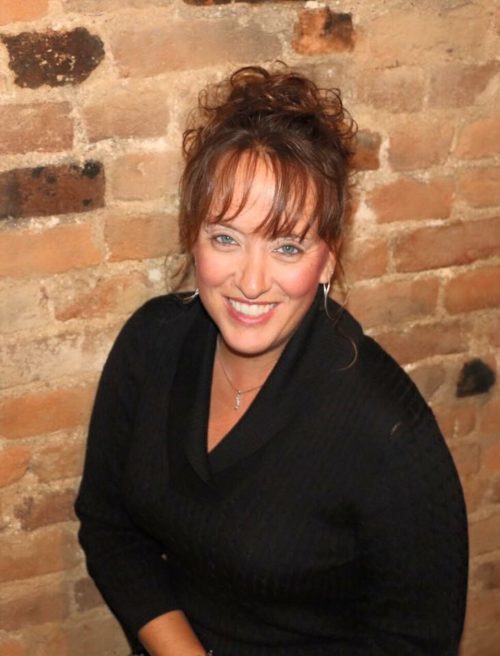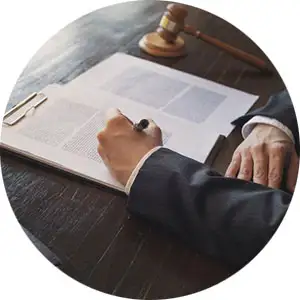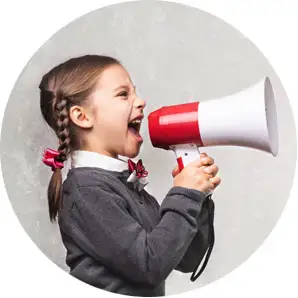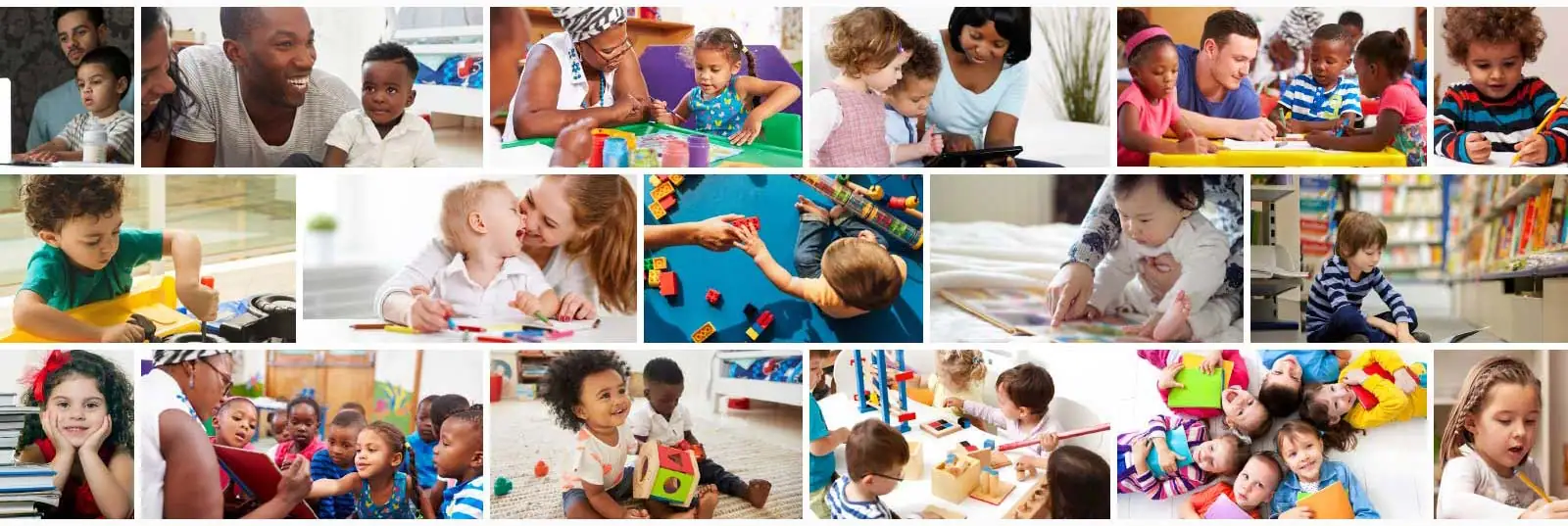
Of all the education investments where Tennessee has seen a positive impact made with public funding, one with the most promise may be early literacy coaching in child care.
The state’s child care landscape is a hodgepodge of mixed providers with frontline personnel having varying degrees of experience and ability. Teaching jobs often pay less than positions in the service industry, so it can be tough to find skilled teachers who are prepared and equipped to give kids quality instruction.
Early Literacy Matters (ELM) program, a joint venture between the Tennessee Departments of Education and Human Services, was created to meet just that need, providing six hours of orientation on basic child literacy development training to child care teachers. By the end, teachers have received specific instructional strategies that help young children achieve important gains in reading skills, comprehension and vocabulary. And the impact on kids? Profound. In the state’s ELM pilot, the percentage of kids who moved up one or more levels in alphabetic principles doubled; phonological awareness rose 50 percent; comprehension quadrupled.
Felicia Spratley, an ELM coach in East Tennessee, tells how one of her sessions worked.
“I went in to coach Module 2 Literacy, ‘Rich Environments, Experiences, and Exchanges.’ While I was in the room observing center time play, I noticed that the students were arguing and complaining to the teacher to fix every problem,” Spratley says. “I began to coach the teacher on the appropriateness of interactive play, classroom environment, and how to help students manage their room and conversations. She was excited to see how the students were interacting and learning to solve their own conflicts. She was concerned about what people would think with the room so ‘chaotic’ and ‘out of order.’ I explained that this type of play [centered on interactions between peers] was developmentally appropriate. We then began to look at her room and ways she could make it a room that even she would enjoy again. When I went back the next month, her room was completely transformed. She was so excited to show me her room and the students were as well.”
Early literacy training is all about offering young children high-quality, engaging learning environments, experiences and interactions that embed language and literacy instruction. When classroom teachers increase the number and quality of books to which children are exposed, in addition to providing meaningful opportunities to practice early writing and fine motor skills (such as playing with small objects or molding clay that strengthens finger muscles) children develop the skills that are precursors to reading and writing. These experiences at an early age are crucial, as the most rapid development period in a child’s life happens before they reach five years old.
“Just building that foundation of oral language and exposure and the intentionality behind the developmentally appropriate practices of what we do has been neat to see,” says Mindy Rainey, an ELM coach in Middle Tennessee. Coaching a wide range of child care teachers who had everything from a high school diploma to a master’s degree, she says the gains they saw were immediate: kids’ development jumped in areas from phonological awareness to print concepts to alphabet awareness. Based on feedback, ELM staff added a second six-hour training block on developmentally appropriate practices in the program’s second year.
Rainey says that she could see the impact just a little bit of coaching had on a child care center. These were teachers in jobs that can sometimes be high stress and wanted someone to listen to them and provide some instruction.
“As we worked through them, we would talk about great things they were already doing in their room and also what excited them about the new content and specifically what they would like to try to implement,” Rainey says. “I’d like to say that it was always great conversations and excitement, but there were also the days of ‘this is too much, I can’t do this, I don’t have the resources or the time to change anything.’ Those were the times they just needed someone to listen, to say ‘I’m on your side, I get it.’ Out of one of those days came a desire to make some real changes to a classroom. The center was in the process of making a few room adjustments and one of the teachers I was working with had a room affected by the change.
“However, the changes weren’t happening fast and disruptions were taking place. The room she was currently in was being converted to a toddler room which meant adding sinks and moving centers and shelves. We talk about ideas she had and what she’d like to enhance if she had the opportunity. She wanted to refresh her centers and add a writing center. After talking to the director, she said go for it! She even worked late one afternoon for us to have a few hours access to the room without children. Together, we planned and put into action Module 4, ‘Learning Spaces and Activities.’ Centers were adjusted and a writing/free art center was created. She was so proud and rightfully so.”
A year later, that same teacher had implemented an interactive picture center for her kids, one of the goals set by working with ELM.
As with all the changes teachers made through this coaching program, the real beneficiaries were the children whose early literacy skills grew tremendously, resulting in immediate joy and engagement in learning; and more importantly, a strong foundation for future academic success.
You might also be interested in: Serve & Return: How Child Development Starts at Home





